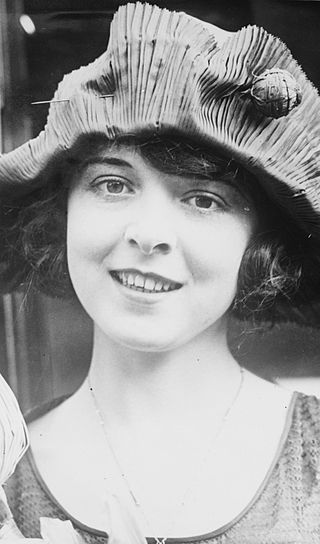
Colleen Moore was an American film actress who began her career during the silent film era. Moore became one of the most fashionable stars of the era and helped popularize the bobbed haircut.

Colleen Celeste Camp is an American character actress and producer. After appearing in several bit parts, she had a lead role in the comedy The Swinging Cheerleaders (1974), followed by roles in two installments of the Police Academy series. Camp had supporting roles in Lady of the House (1978), Apocalypse Now (1979), and The Seduction (1982), after which she played Julie’s mother in Valley Girl and Yvette the Maid in the 1985 comedy Clue.

Claire Windsor was an American film actress of the silent screen era.
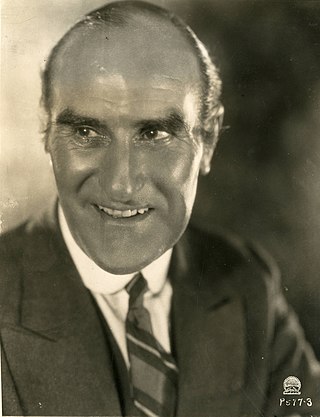
Ernest Torrence was a Scottish film character actor who appeared in many Hollywood films, including Broken Chains (1922) with Colleen Moore, Mantrap (1926) with Clara Bow and Fighting Caravans (1931) with Gary Cooper and Lili Damita. A towering figure, Torrence frequently played cold-eyed and imposing villains.
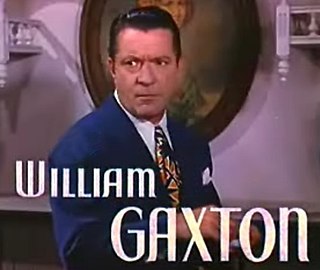
William Gaxton was an American actor of vaudeville, film, and theatre. For many years Gaxton was president of The Lambs Club, a theatrical organization in New York City. He and Victor Moore became a popular theatre duo in the 1930s and 1940s; they also appeared in a film together.

Naomi Weston Childers, was an American silent film actress whose career lasted until the mid-20th century.
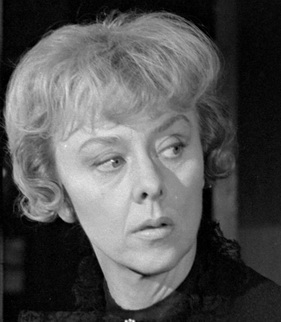
Louise Latham was an American actress, perhaps best known for her portrayal of Bernice Edgar in Alfred Hitchcock's 1964 film Marnie.
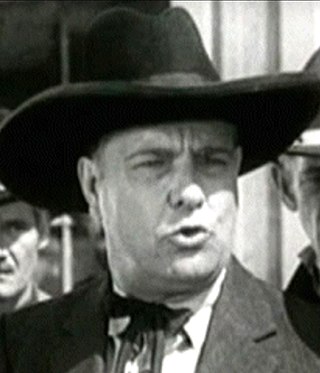
Edward J. Peil Sr. was an American film actor. He appeared in more than 370 films between 1913 and 1951.

Allen Holubar was an American actor, film director, and screenwriter of the silent film era. He appeared in 38 films between 1913 and 1917. He also directed 33 films between 1916 and 1923.

Betty Bouton was an American actress from Pennsylvania. She appeared in 16 films between 1919 and 1924, with her last film being the Samuel Goldwyn part-Technicolor production Cytherea (1924).
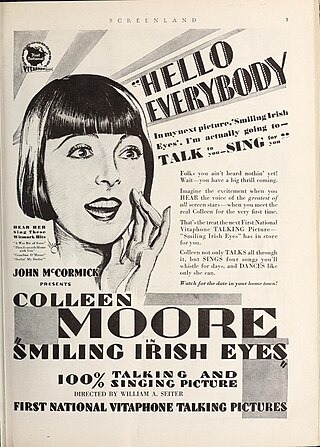
Smiling Irish Eyes is a 1929 American pre-Code Vitaphone musical film with Technicolor sequences. The film is now considered a lost film. However, the Vitaphone audio discs still exist.

Flaming Youth is a 1923 American silent drama film directed by John Francis Dillon and starring Colleen Moore and Milton Sills, based on the novel of the same name by Samuel Hopkins Adams. Associated First National produced and distributed the film. In his retrospective essay "Echoes of the Jazz Age", writer F. Scott Fitzgerald cited Flaming Youth as the only film that captured the sexual revolution of the Jazz Age.

Dinty is a 1920 American silent comedy drama film written by Marshall Neilan and John McDermott specifically for Wesley Barry, a young actor known for his freckled complexion. Prominent among the supporting players were Colleen Moore, Marjorie Daw, Pat O'Malley, and Noah Beery.
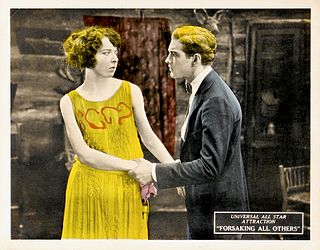
Forsaking All Others is a 1922 American silent drama film starring actress Colleen Moore and directed by Emile Chautard for Universal Studios. It was made before Colleen became famous as a flapper but did visit some of the same subjects her later films would.

Through the Dark is a 1924 American silent mystery crime drama film directed by George W. Hill, and starring Colleen Moore and Forrest Stanley as the popular jewel thief and sometimes detective character Boston Blackie. The film's scenario, written by Frances Marion, is based on the short story "The Daughter of Mother McGinn" by Jack Boyle, which appeared in serial form in Cosmopolitan. The film was produced by William Randolph Hearst's Cosmopolitan Productions and distributed through Goldwyn Pictures.
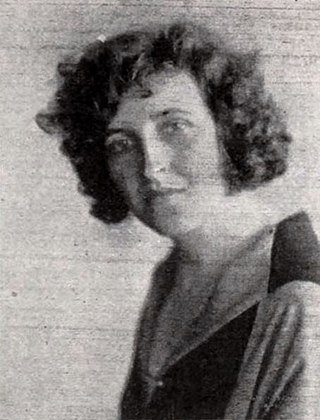
Winifred Dunn was an American screenwriter, editor, radio scenario writer, and art critic in the early 20th century. She was one of the youngest scenario editors of the silent era and was credited with writing over 40 productions.

The Wall Flower is a 1922 American silent romantic drama film directed by Rupert Hughes and starring Colleen Moore, Richard Dix, Gertrude Astor, Laura La Plante, and Tom Gallery. The film was released by Goldwyn Pictures in May 1922.

Charlotte Pierce was an American actress in silent films.
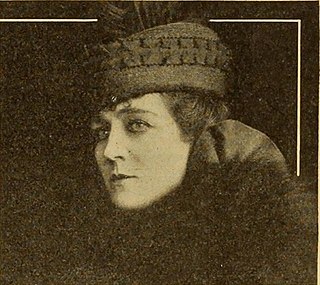
Katherine Kiernan Griffith, also seen as Catherine Kiernan, was an American character actress on stage and in silent films.
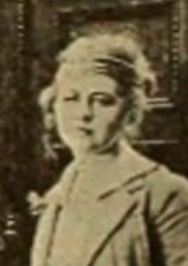
Mary Agnes Moore was an Irish-born American actress in silent films, part of a family of film actors.






















